Archives
- 2025-12
- 2025-11
- 2025-10
- 2025-09
- 2025-03
- 2025-02
- 2025-01
- 2024-12
- 2024-11
- 2024-10
- 2024-09
- 2024-08
- 2024-07
- 2024-06
- 2024-05
- 2024-04
- 2024-03
- 2024-02
- 2024-01
- 2023-12
- 2023-11
- 2023-10
- 2023-09
- 2023-08
- 2023-06
- 2023-05
- 2023-04
- 2023-03
- 2023-02
- 2023-01
- 2022-12
- 2022-11
- 2022-10
- 2022-09
- 2022-08
- 2022-07
- 2022-06
- 2022-05
- 2022-04
- 2022-03
- 2022-02
- 2022-01
- 2021-12
- 2021-11
- 2021-10
- 2021-09
- 2021-08
- 2021-07
- 2021-06
- 2021-05
- 2021-04
- 2021-03
- 2021-02
- 2021-01
- 2020-12
- 2020-11
- 2020-10
- 2020-09
- 2020-08
- 2020-07
- 2020-06
- 2020-05
- 2020-04
- 2020-03
- 2020-02
- 2020-01
- 2019-12
- 2019-11
- 2019-10
- 2019-09
- 2019-08
- 2019-07
- 2019-06
- 2018-07
-
br Phylogenetic analysis of vertebrate
2021-11-08
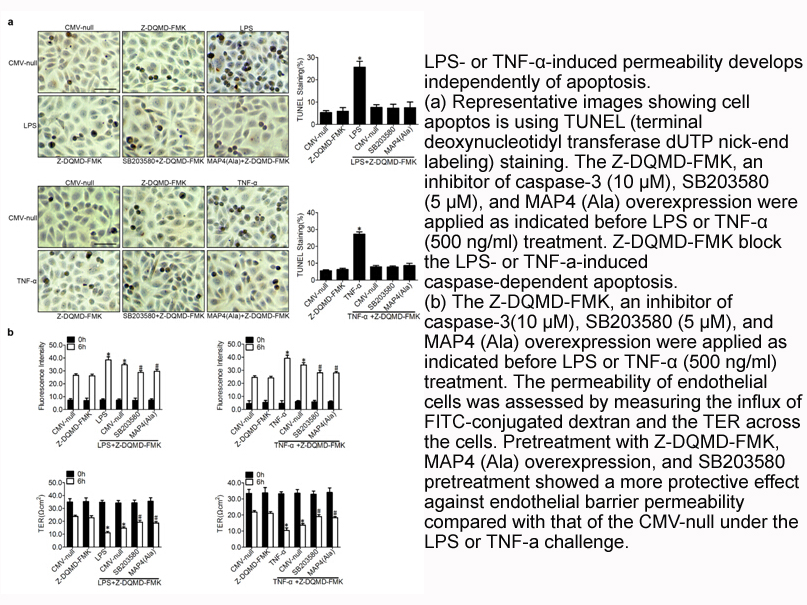
Phylogenetic analysis of vertebrate receptors for peptides similar to glucagon Genes for receptors for peptides similar to glucagon and other secretin-like hormones have been identified in a number of vertebrate species (Sivarajah et al., 2001, Chow et al., 2004, Irwin and Wong, 2005, Cardoso et
-
It is important to underline that
2021-11-08
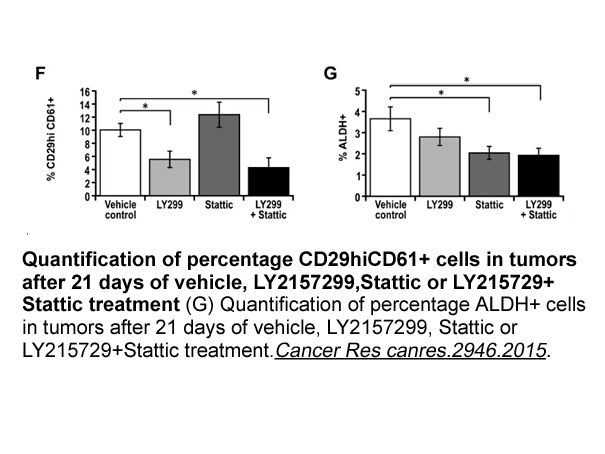
It is important to underline that azd4547 although ghrelin increases the motivation to eat even in fed state, its effects on food intake and reward are blunted in obese animal models (Zigman et al., 2016). This emphasizes also the interconnection between homeostatic regulation of food intake and re
-
(Z)-4-Hydroxytamoxifen br STAR Methods br Introduction Secre
2021-11-08
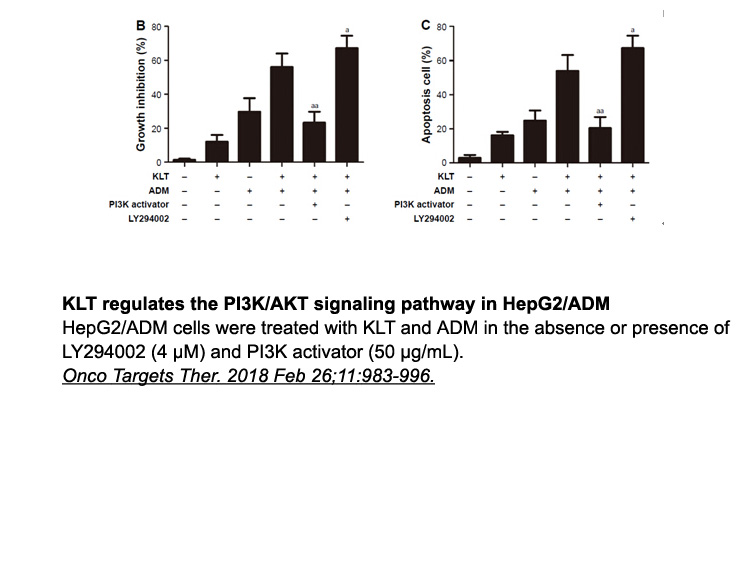
STAR★Methods Introduction γ-Secretase is a membrane-embedded proteolytic complex belonging to a diverse family of intramembrane-cleaving proteases and is composed of four integral membrane proteins: presenilin (PS), nicastrin (NCT), anterior pharynx-defective 1 (Aph-1), and presenilin enhancer
-
R428 sale Similar to C lividipennis RDL Jiang et al we found
2021-11-08
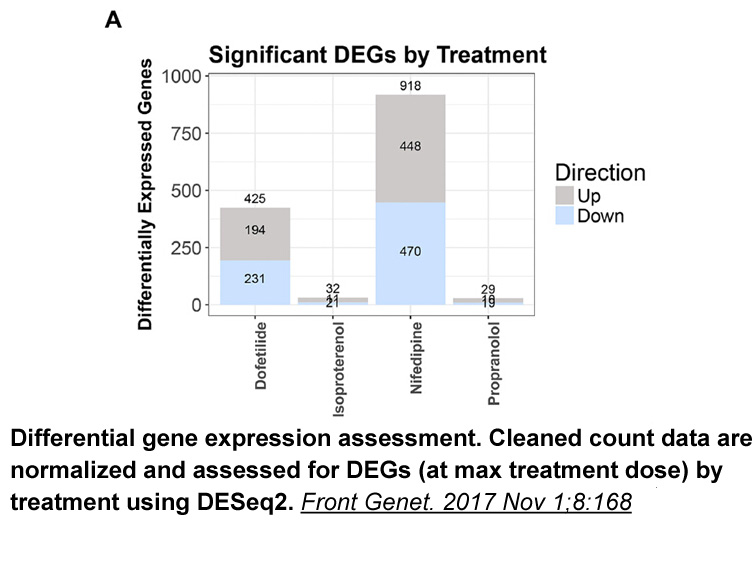
Similar to C. lividipennis RDL (Jiang et al., 2015), we found that the intracellular loop variants of A. mellifera RDL had no effect on GABA EC50 (Table 1). Also, as with C. lividipennis, there was no significant difference in maximal GABA responses (Table 1). However, whereas the 31 amino acid inse
-
Ionotropic aminobutyric acid GABA receptors GABARs belong to
2021-11-08
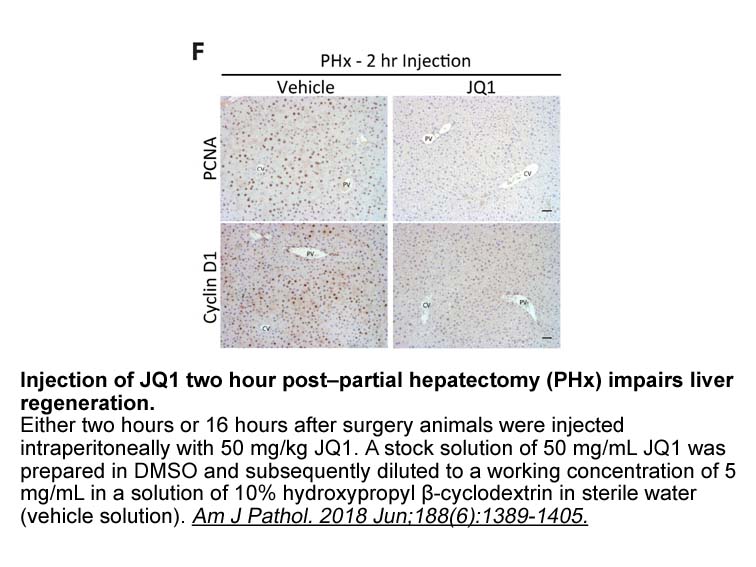
Ionotropic γ-aminobutyric 680C91 receptor (GABA) receptors (GABARs) belong to the Cys-loop ligand-gated ion channel (LGIC) superfamily and play an important role in the rapid inhibitory synaptic transmission in nervous systems of both vertebrate and invertebrate (Buckingham et al., 2005). Insect io
-
Colorectal cancer CRC is the third most common cancer in
2021-11-08
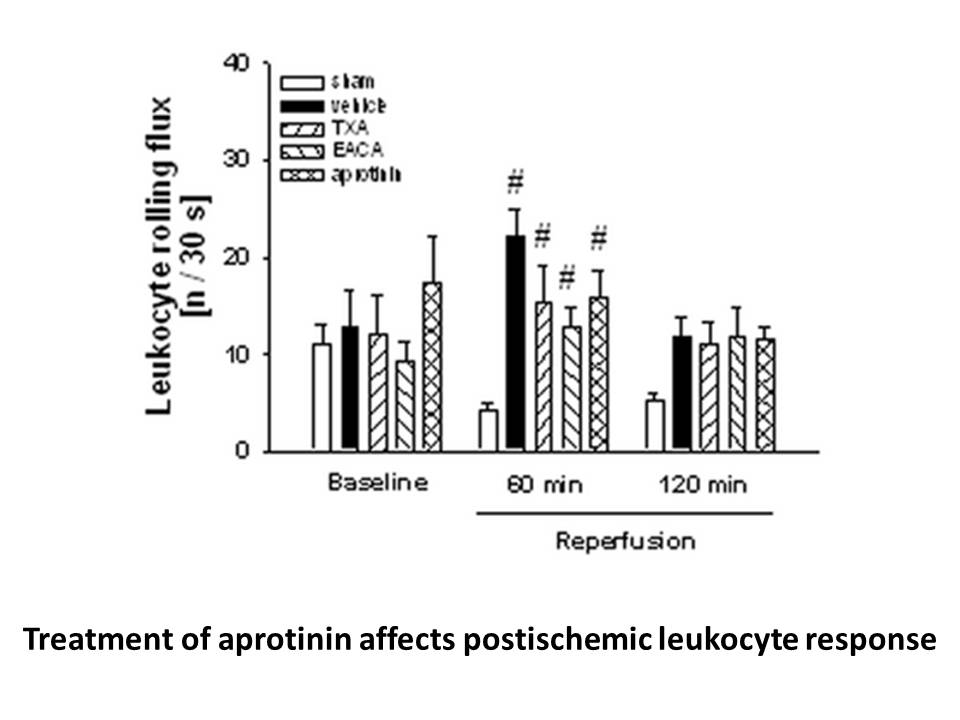
Colorectal cancer (CRC) is the third most common cancer in men and the second in women worldwide and almost 55% of the cases occur in more developed areas of the world. In the 2012, more than 1.3 million new cases were reported, which accounts for about 10% of the total cancers worldwide (GLOBOCAN,
-
However Gingrich and Hen reported that absence of the
2021-11-08
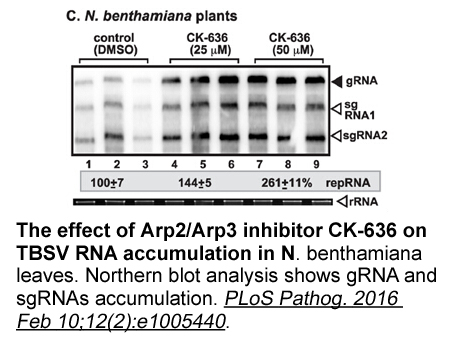
However, Gingrich and Hen reported that absence of the gene at all stages of ontogenesis of mice may interfere with the normal developmental program and/or the organism may undergo changes in other systems to compensate for gene absence (46). In addition, potentially altered maternal behavior of GPR
-
br Discussion In response to an increase
2021-11-08

Discussion In response to an increase in glucose or DHA concentration, FBPase showed nuclear import and recruitment in a peripheral cell compartment. Interestingly, FBPase and GS were co-recruited to the periphery of the cells. This is precisely the site where glycogen is initially synthesized an
-
Mammals and birds are sensitive either
2021-11-08
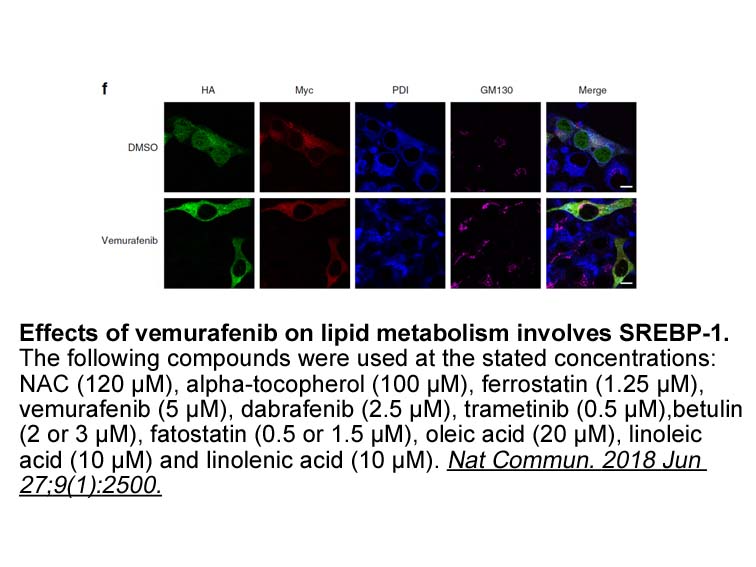
Mammals and birds are sensitive either to hypo or hyper glycemia. In contrary some frogs when freezing/thawing experience very high glycemia (Storey and Storey, 1986). Nevertheless when the effect of temperature on Fru-2,6P2 concentration was investigated, the constant glucose level in frogs kept at
-
Compounds that induce exocytosis in cultured cells include
2021-11-08
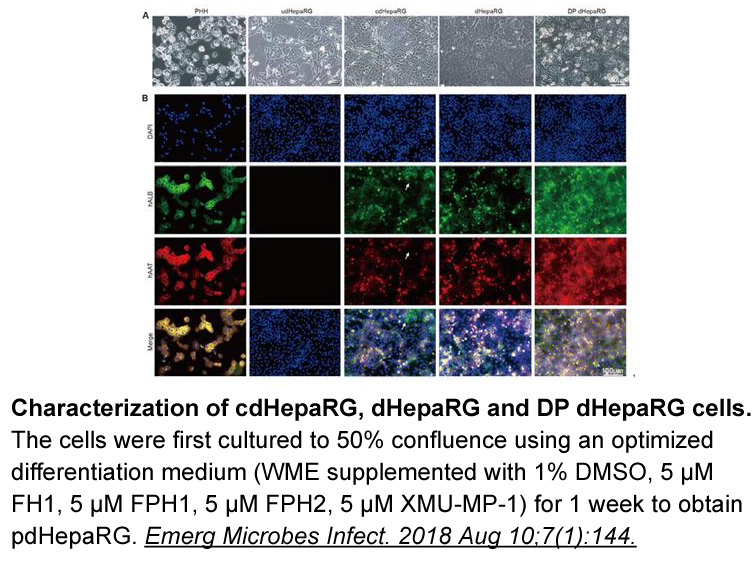
Compounds that induce exocytosis in cultured 92 3 receptor include Ca2+-dependent [14] or Ca2+-independent [15] mechanisms. Ca2+-dependent exocytosis releases soluble enzyme content from lysosomes [16] operating by increasing the cytosolic concentration of Ca2+[13] by recruiting extracellular Ca2+[1
-
Endotoxin induced pulmonary hypertension is a reproducible f
2021-11-08
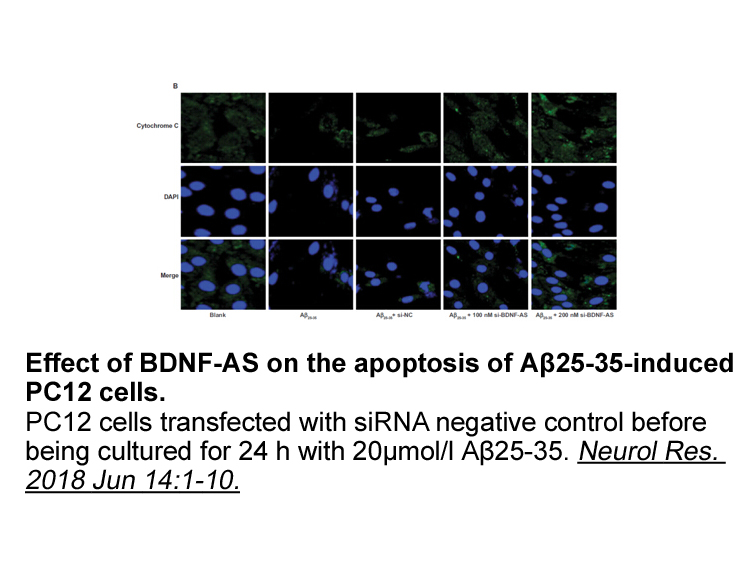
Endotoxin induced-pulmonary Zacopride hydrochloride australia is a reproducible finding in various animal models Leeper-Woodford et al., 1991, Weitzberg et al., 1993 and is also a feature of human sepsis where it may affect right ventricular function (Vincent, 1998). Mechanisms such as vasoconstrict
-
The molecular formula of was determined to be
2021-11-08
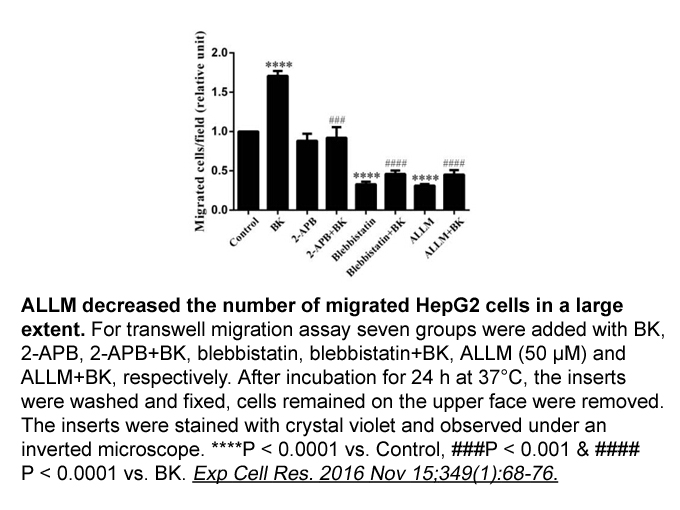
The molecular formula of 2 was determined to be C20H26O5 on the basis of HRESI (−) MS data at m/z 345.1705 [M–H]− (calcd 345.1702 for C20H25O5). Detailed analysis of the 1H and 13C NMR data of 2 revealed similar fragments compared with desoxyarticulin (Faini et al., 1987) except for an additional hy
-
Fig summarizes the results for
2021-11-08
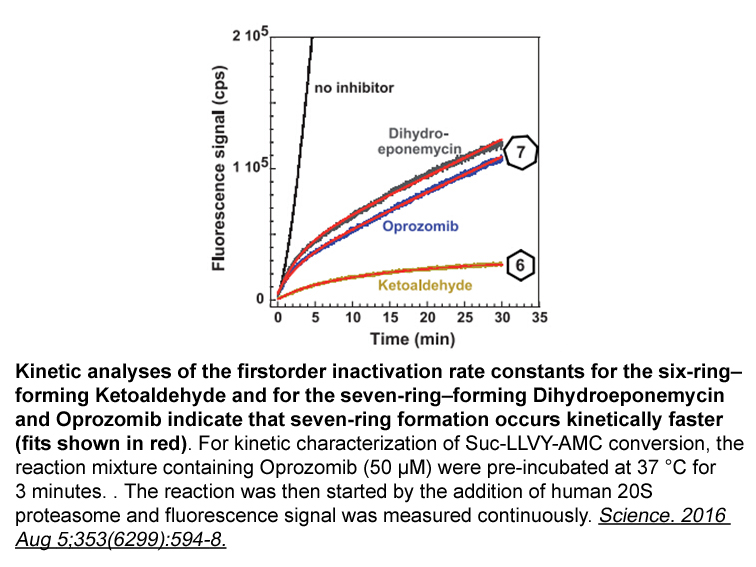
Fig. 1 summarizes the results for 500 μM concentration of the drugs. Action of histamine is presented for comparison. Both 1-methylhistamine and Nα-methylhistamine strongly potentiated ASIC1a responses. The concentration-dependence of action of Nα-methylhistamine was measured (Fig. 1B). Fitting by H
-
Given the overexpression of HO in some
2021-11-08
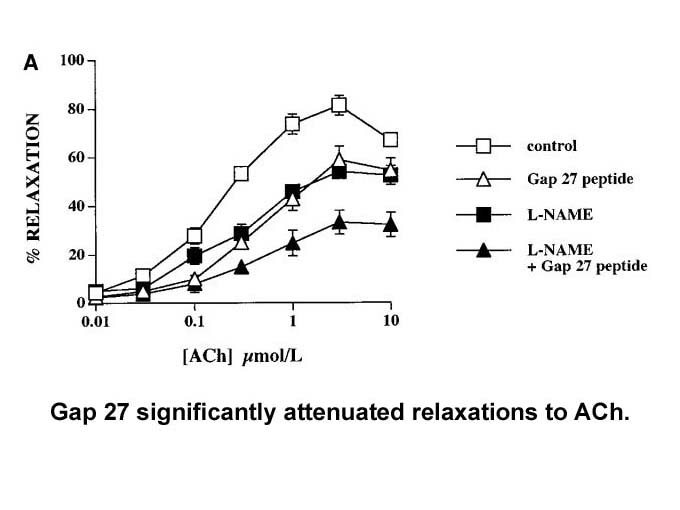
Given the overexpression of HO-1 in some tumors, such as CML, and its potential involvement in chemoresistance to classical chemotherapeutic agents, compounds 4 and 8f were tested in CML cell lines resistant to IM, a classical TK inhibitor used in CML. Compounds 4 and 8f, in combination with IM, sho
-
In the course of studies leading to the
2021-11-08
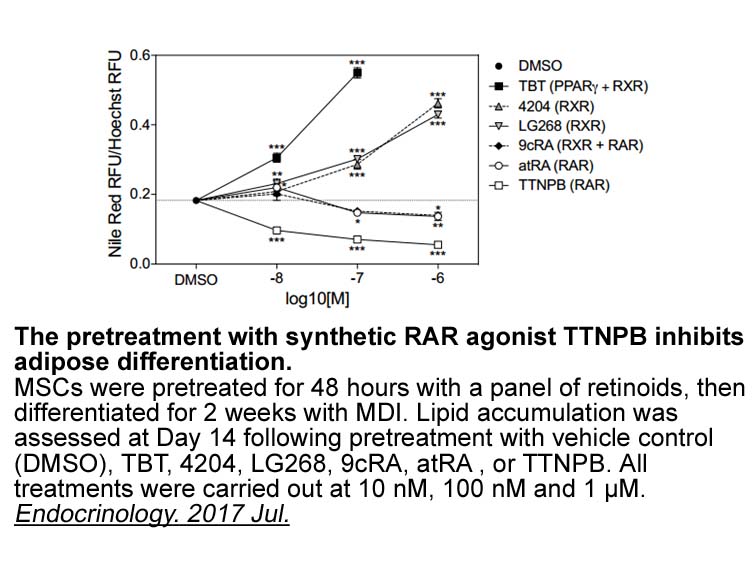
In the course of studies leading to the discovery of , modifications at the P3-P4 interface of these tripeptide-based inhibitors were examined with the goal of improving potency while maintaining a PK profile similar to . In this report, we summarize those studies which led to the identification of
15008 records 539/1001 page Previous Next First page 上5页 536537538539540 下5页 Last page